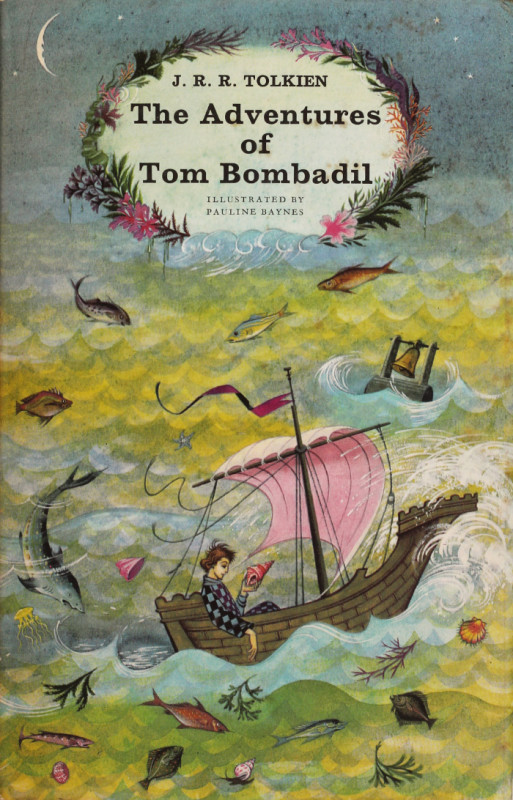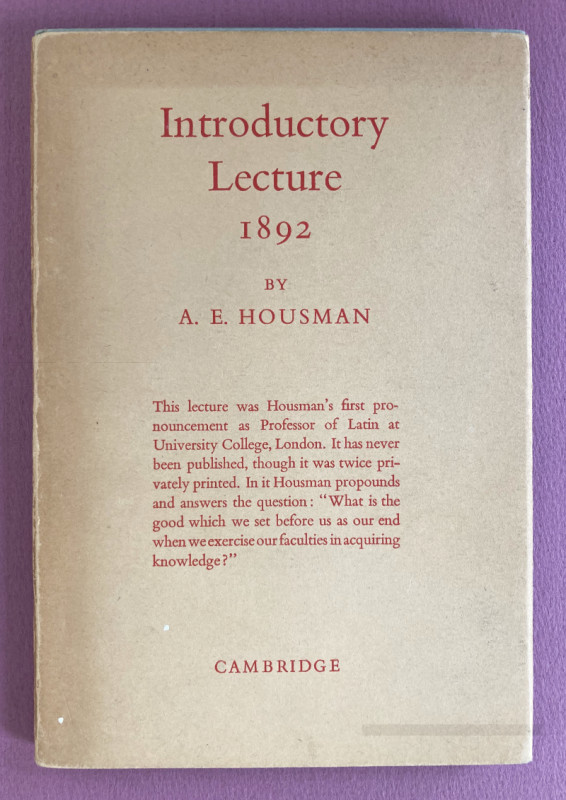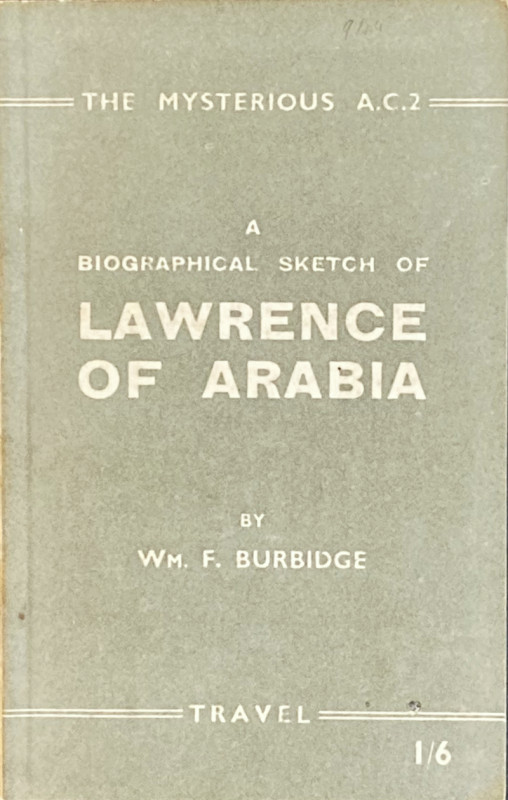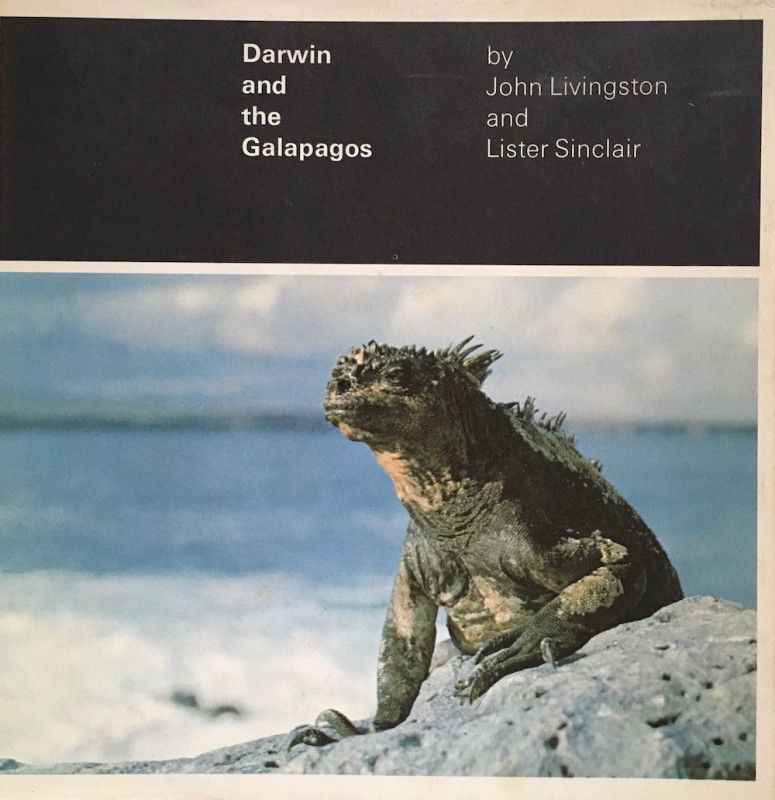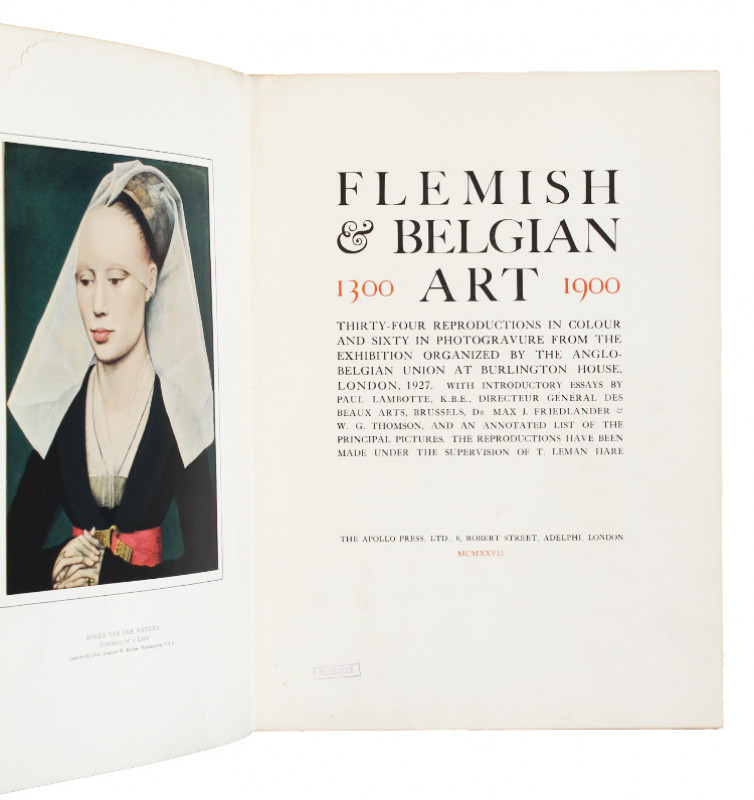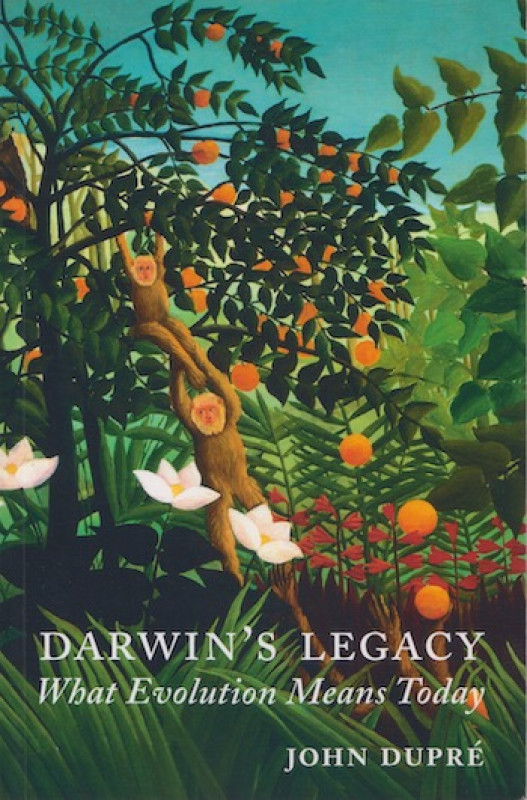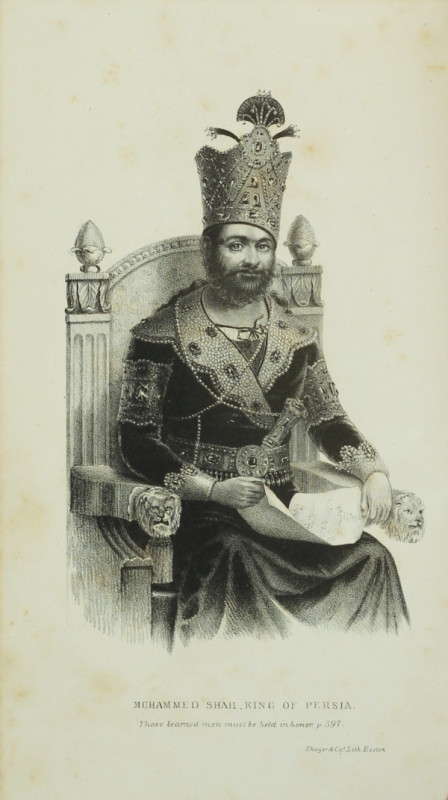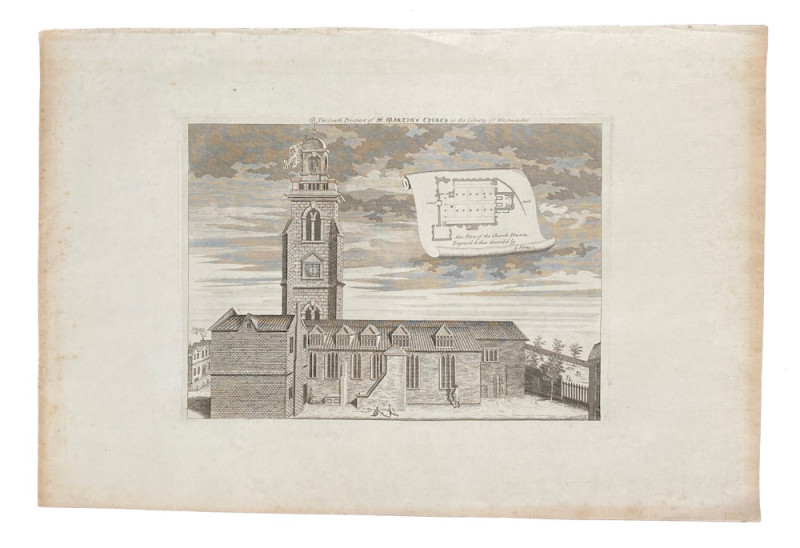‘The Loved One. An Anglo-American Tragedy’, in Horizon, vol. XVII, no. 98, pp. [78]-159
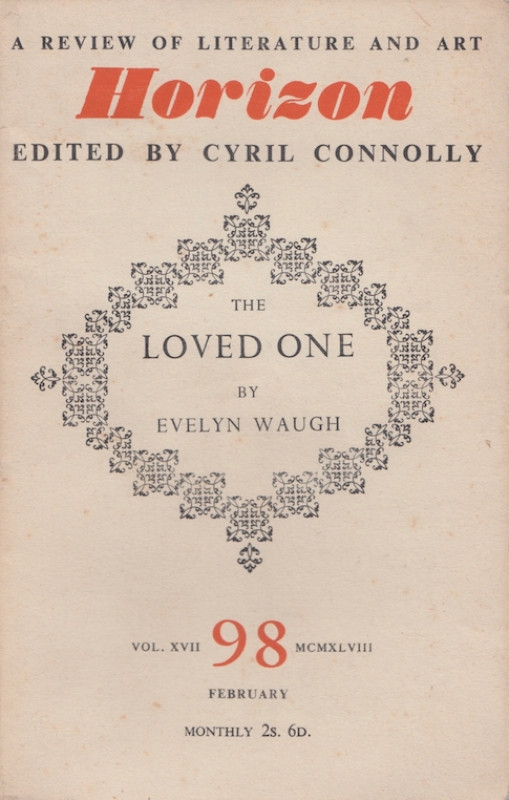

Book Description
Octavo (216 x 138mm), pp. [73]-[75] (advertisements), [76]-77 (introduction), [78]-159 (The Loved One), [160] (Chapman & Hall advertisement for forthcoming trade and limited editions of The Loved One). Original printed wrappers, upper cover printed in black and orange, lower cover with advertisement. (A few light spots and marks, spine slightly darkened, extremities slightly rubbed and creased, short split at foot of spine.) A very good copy in the original wrappers.
Dealer Notes
First edition. Waugh’s novel Brideshead Revisited was published in 1945, and shortly afterwards it was selected by the American Book of the Month Club, in a lucrative deal which not only provided Waugh with financial security, but also brought his work wide recognition in the United States and made Brideshead a bestseller in that country. In January 1947 Waugh and his wife Laura travelled Hollywood to discuss the possibility of filming the novel, but, although Waugh enjoyed the visit, he was unhappy with the proposed film script; the objections to the script raised by the American film censors on moral grounds enabled Waugh withdraw from the project. The trip did enable Waugh to meet Chaplin and visit the Walt Disney Studios, but ‘what really excited him was a visit to another Californian establishment. “I found a deep mine of literary gold in the cemetery of Forest Lawn and the work of the morticians and intend to get to work immediately on a novel staged there,” he wrote in his diary. And to [his literary agent] A.D. Peters: “I am entirely obsessed by Forest Lawns [sic]. … I go there two or three times a week, am on easy terms with the chief embalmer. … It is an entirely unique place – the only thing in California that is not a copy of something else”’ (H. Carpenter, The Brideshead Generation (London, 1989), p. 396).
Once he had completed it, Waugh offered his dark, mordant novella to Cyril Connolly (the editor of Horizon) for free, and Connolly dedicated this entire issue of the journal to the work. In his introduction, Connolly records that Waugh wrote to explain his decision with these words: ‘I anticipated ructions […] and one reason for my seeking publication in Horizon was the confidence that its readers were tough stuff’ (p. [76]). Connolly commends the work to his readers with the words, ‘Mr. Waugh […] has written a Swiftian satire on the burial customs of Southern California […]. The Loved One […] is, in my opinion, one of the most perfect short novels of the last ten years and the most complete of his creations, a story cast in a kind of light but immensely strong aluminium alloy, like the one-piece chassis of a racing car. Lurking at the centre are the immense motives of love and death, our two most felt experiences, and receding away from the central theme are ranged dualisms of humorous contrast, the Megalo Studios and the British Cricket Club, the pets and the Loved Ones, the Delphic Oracle and Mr. Slump’ (pp. [76]-77). The special issue of Horizon sold out overnight and was followed by British and American editions later in 1948.
Davis, Doyle, Kosok, and Linck 142.
Once he had completed it, Waugh offered his dark, mordant novella to Cyril Connolly (the editor of Horizon) for free, and Connolly dedicated this entire issue of the journal to the work. In his introduction, Connolly records that Waugh wrote to explain his decision with these words: ‘I anticipated ructions […] and one reason for my seeking publication in Horizon was the confidence that its readers were tough stuff’ (p. [76]). Connolly commends the work to his readers with the words, ‘Mr. Waugh […] has written a Swiftian satire on the burial customs of Southern California […]. The Loved One […] is, in my opinion, one of the most perfect short novels of the last ten years and the most complete of his creations, a story cast in a kind of light but immensely strong aluminium alloy, like the one-piece chassis of a racing car. Lurking at the centre are the immense motives of love and death, our two most felt experiences, and receding away from the central theme are ranged dualisms of humorous contrast, the Megalo Studios and the British Cricket Club, the pets and the Loved Ones, the Delphic Oracle and Mr. Slump’ (pp. [76]-77). The special issue of Horizon sold out overnight and was followed by British and American editions later in 1948.
Davis, Doyle, Kosok, and Linck 142.
Author
WAUGH, Arthur Evelyn St John.
Date
1948
Publisher
London: The Curwen Press, Ltd for Horizon
Friends of the PBFA
For £10 get free entry to our fairs, updates from the PBFA and more.
Please email info@pbfa.org for more information

